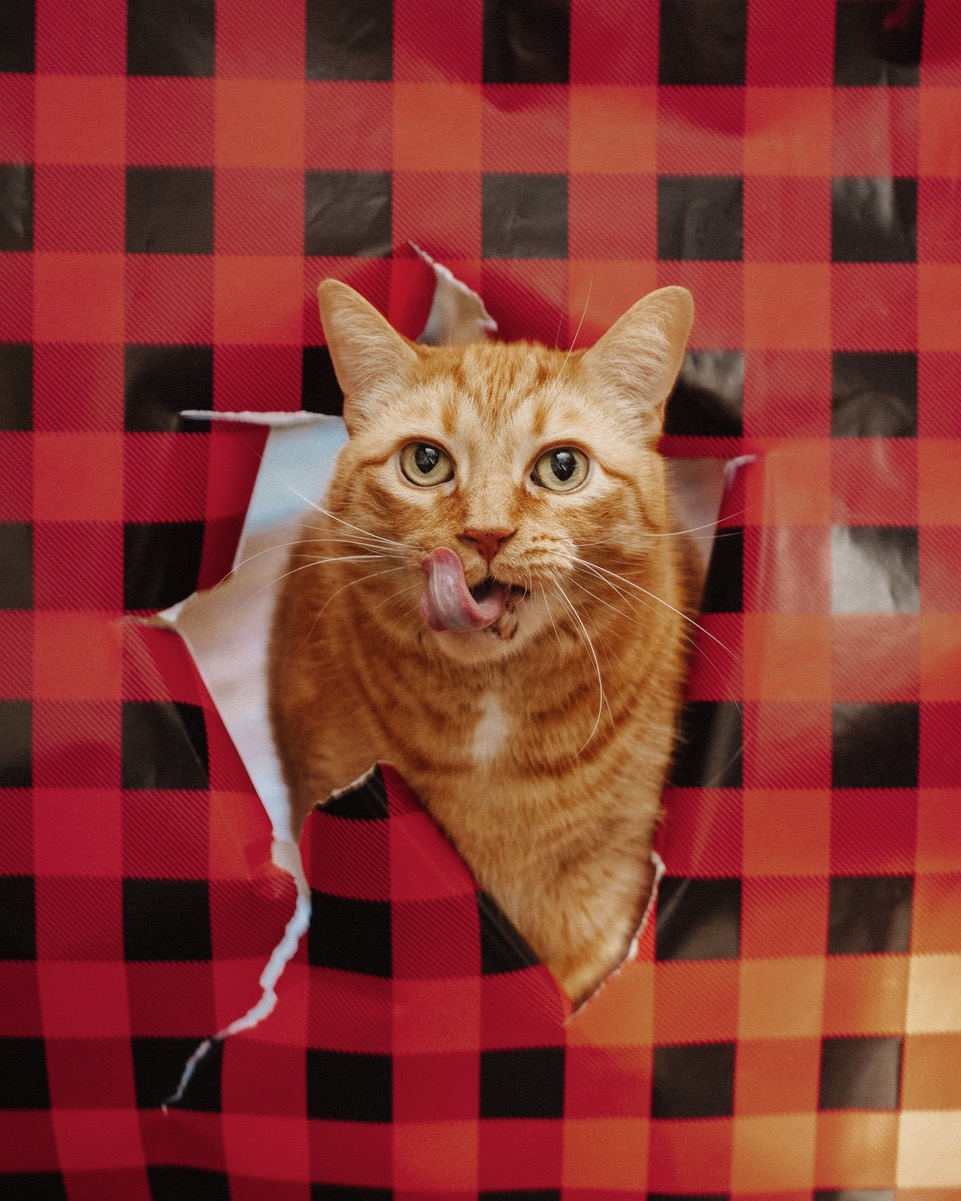
DEAR PET TALK: Isn’t it true that a cat’s personality depends on their color? Because orange cats can be really naughty. —Abraham
DEAR ABRAHAM: I have been having this debate with family, friends, acquaintances, and vets for, well, forever. I thoroughly believe (from lifelong experience with orange cats) that their color is definitely an indicator of their personality, much as human “gingers” can be peppery and unpredictable.
Many sources note that the preponderance of orange cats are male vs. female (80-20). However, orange striped cats are considered a kind of “Tabby” cat (domestic short hair, also the state cat of Massachusetts!). The patterns on Tabby cats include stripes (“mackerel”), spotted, ticked (in the lighter parts of the cat coat, each hair will display an alternating light and dark band), and swirled.
But back to their purr-sonality. My family has had at least a dozen orange cats throughout my entire life and my extremely biased views are this: when orange cats go crazy in your house (getting the Zoomies at midnight, leaping at windows to get birds outside, leaping onto appliances), you notice because they are orange cats.
It is hard to miss an orange cat in a house — unless you have chosen autumnal tones for rugs, walls, and furniture. So their antics become more memorable.
I have good friends who are orange cat devotees, and we will never run out of conversation, because our orange cats are lively, independent, confident and exuberant — just plain fun. We also agree that they can be mischievous — and take pleasure in all kinds of frolicking.
Currently in residence is our family cat Vinny, who just turned three. We adopted him when he was six months old, a thin and lithe orange kitten who lives for dangling string, catnip mice, a laser pointer, crinkle-balls, pipe cleaners (stolen from the craft closet), and fishing out food wrappers from the trash, if the door is left open just a crack.
You can hold him, once he’s tired. But he really loves snuggling up to his cat and dog brothers. Left to his own devices, he’d just as soon climb the indoor clothes rack, and claw the towels and socks to the ground.
Sally Cragin is the director of Be PAWSitive: Therapy Pets and Community Education.


 PREVIOUS ARTICLE
PREVIOUS ARTICLE
